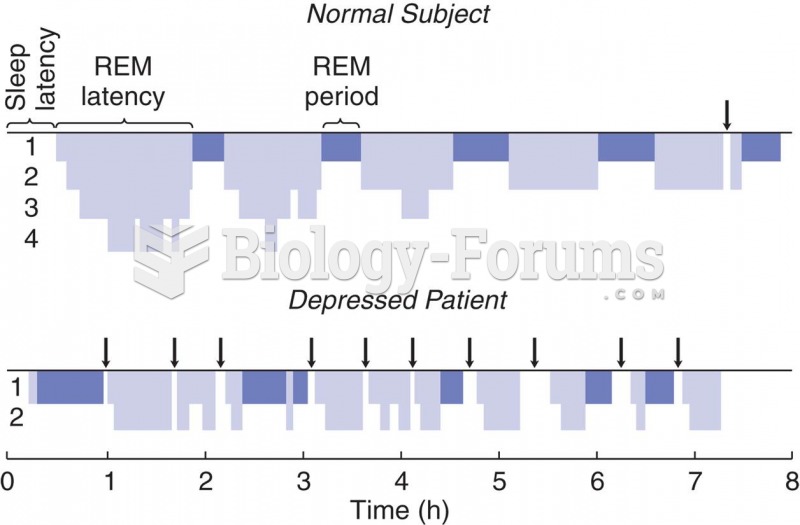Answer to Question 1
Correct Answer: 1
Rationale 1: Lunesta has a long elimination half-life, which might give it an advantage in maintaining sleep and decreasing early morning awakening. Therefore, it might be the best option.
Rationale 2: ProSom is a benzodiazepine with intermediate duration in short-term management of insomnia. This client has difficulty staying asleep later in the night, and so needs a medication with long duration.
Rationale 3: Restoril has a rapid onset of action for short-term therapy of insomnia. It might not help the client who wakes up during the night.
Rationale 4: Rozerem was approved to treat insomnia in people who have difficulty falling asleep.
Global Rationale: Lunesta has a long elimination half-life, which might give it an advantage in maintaining sleep and decreasing early morning awakening. Therefore, it might be the best option. ProSom is a benzodiazepine with intermediate duration in short-term management of insomnia. This client has difficulty staying asleep later in the night, and so needs a medication with long duration. Restoril has a rapid onset of action for short-term therapy of insomnia. It might not help the client who wakes up during the night. Rozerem was approved to treat insomnia in people who have difficulty falling asleep.
Answer to Question 2
Correct Answer: 2,4,5
Rationale 1: The client is physiologically stable.
Rationale 2: Since it is important for the client to get rest, an order for sleep medication would be appropriate.
Rationale 3: It is not necessary to assess the client's vital signs, since the client is physiologically stable.
Rationale 4: When deprived of REM sleep, people experience a sleep debt and become frightened, irritable, paranoid, and even emotionally disturbed. It is speculated that to make up for their lack of dreaming, these persons experience far more daydreaming and fantasizing throughout the day. It is important to institute measures that promote restful sleep.
Rationale 5: When deprived of REM sleep, people experience a sleep debt and become frightened, irritable, paranoid, and even emotionally disturbed. It is important to institute measures that promote restful sleep, which would include scheduling tests and procedures so as to not disturb the client's sleep.







